Hydrogen as part of Canada’s energy transition
Clean Energy Canada
JULY 2, 2020
Hydrogen produced from renewable electricity (wind, solar, hydropower, tidal, etc.) Hydrogen from other non-emitting sources—such as nuclear power—does not currently have an established colour designation. In 2017, the Canadian hydrogen and fuel cell sector had revenues of $207 million and provided over 1,600 jobs in Canada.


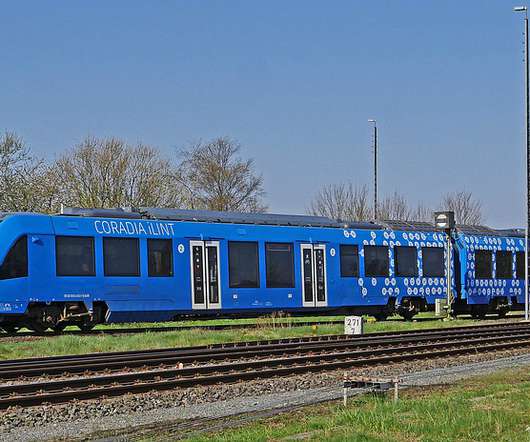
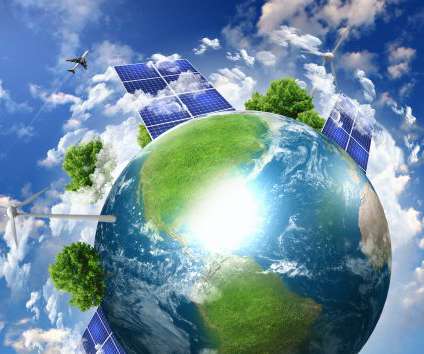
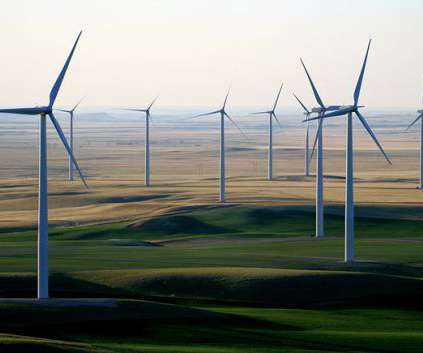

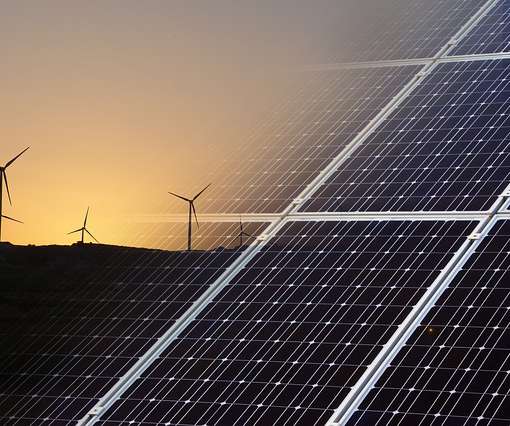
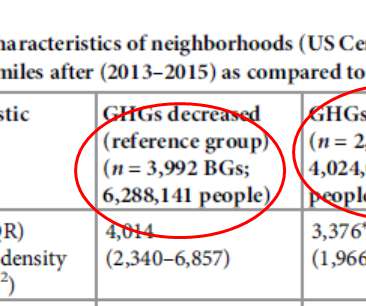
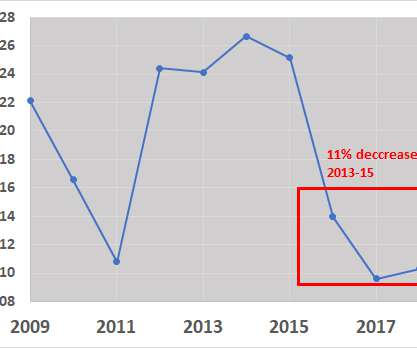
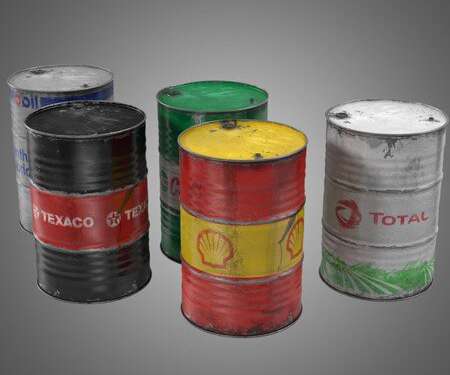
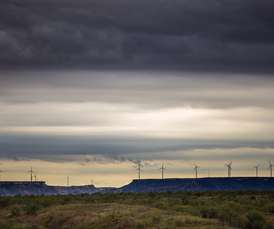








Let's personalize your content